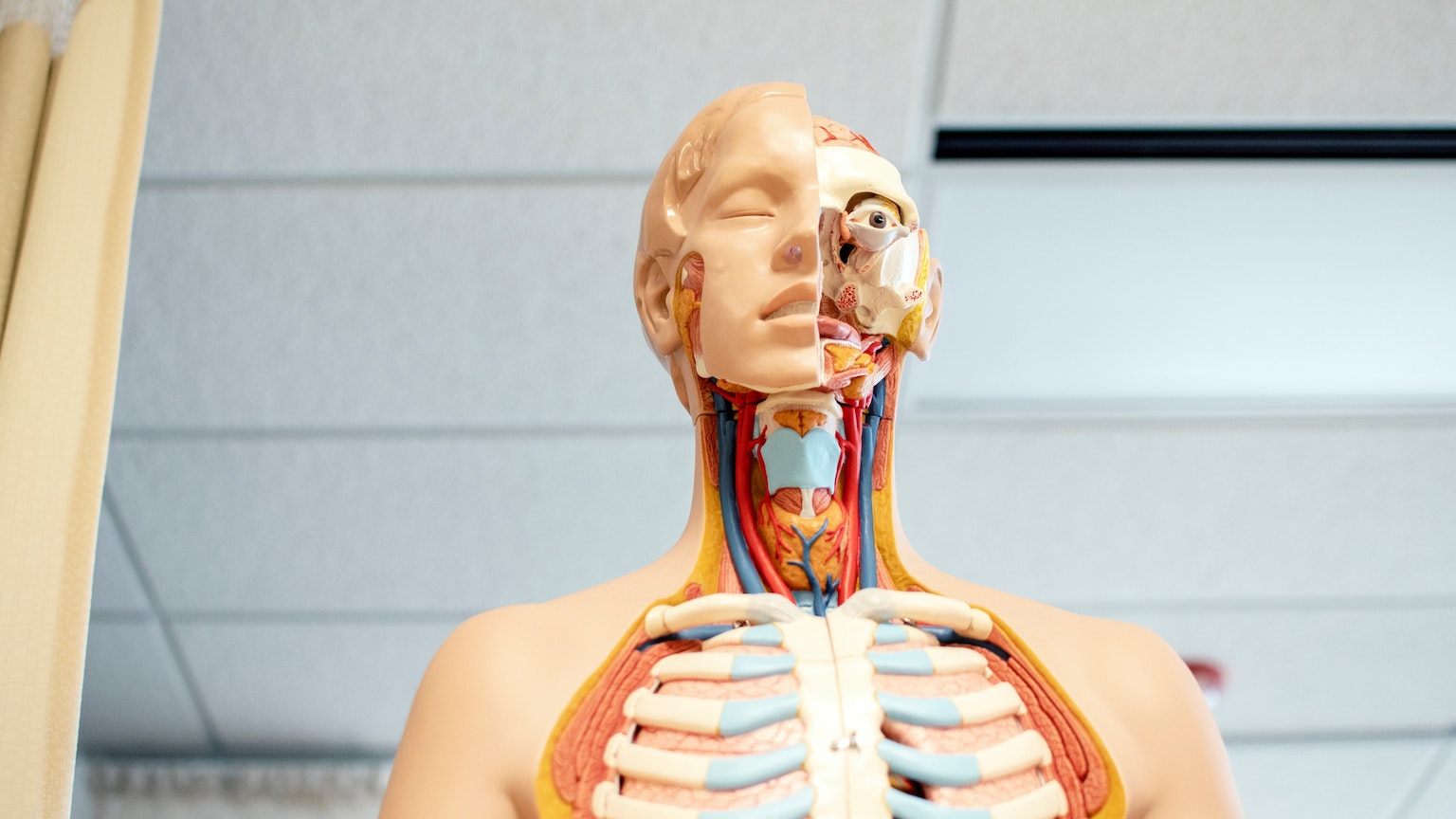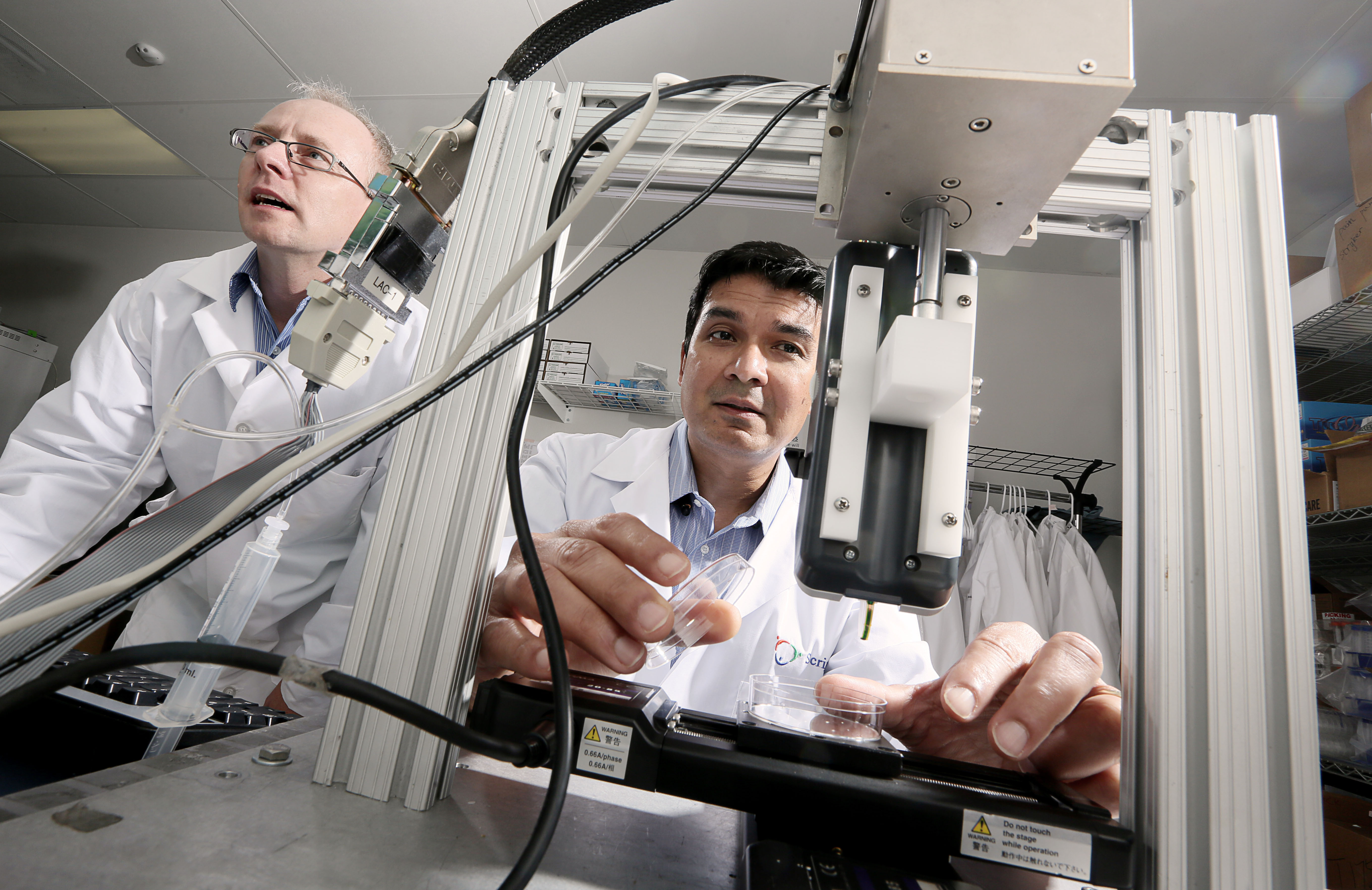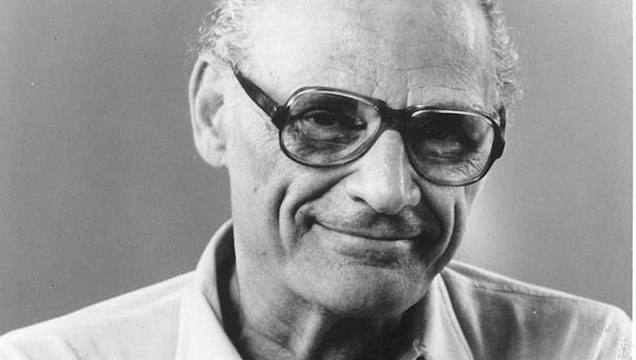3-D Printed Organs a Step Closer Thanks to Artificial Vascular Network

What’s the Latest?
A significant hurdle to creating artificial organs for transplant is being overcome by scientists at Harvard, Stanford, MIT, and the University of Sydney. “Using a bio-printer, the researchers fabricated a multitude of interconnected tiny fibers to serve as the mold for the artificial blood vessels. They then covered the 3D printed structure with a cell-rich protein-based material, which was solidified by applying light to it. Lastly they removed the bio-printed fibers to leave behind a network of tiny channels coated with human endothelial cells, which self-organized to form stable blood capillaries in less than a week.”
What’s the Big Idea?
While small amounts of artificial tissue are already available for transplant, thousands of people die each year due to a lack of organs for transplant, according to University of Sydney researcher Luiz Bertassoni, who led the recent research. “One of the greatest challenges to the engineering of large tissues and organs is growing a network of blood vessels and capillaries,” says Bertassoni. “Cells die without an adequate blood supply because blood supplies oxygen that’s necessary for cells to grow and perform a range of functions in the body.”
Read more at Kurzweil AI
Photo credit: Shutterstock





